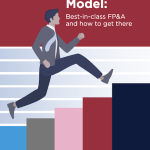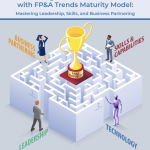The International FP&A Board members continue to explore the transformative potential of the FP&A Trends Maturity Model. The San Francisco chapter welcomed this series of discussions on the 14th of March, 2024.
27 senior finance leaders from Google, Autodesk, Gensler, Visa, LinkedIn, Genentech, Gilead Sciences, Intapp, and many other renowned companies gathered in Spaces Menlo Park in San Francisco to discuss the analytical transformation map with the FP&A Trends Maturity Model.
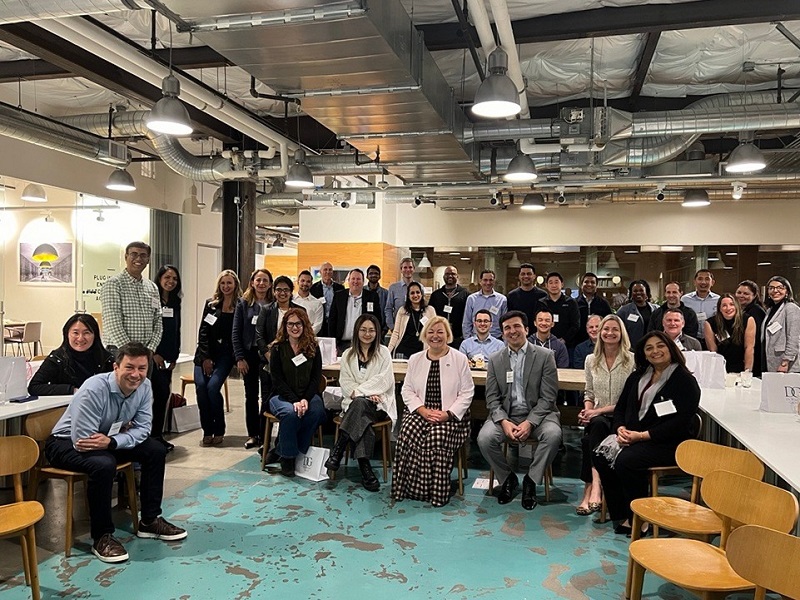
Figure 1: San Francisco FP&A Board №10, March 2024
It was a highly dynamic and inspiring session where the finance practitioners could share their insights on FP&A transformation and forge connections with like-minded business leaders. In this article, we summarize the key takeaways from this meeting and outline the participants' suggestions for reaching the leading state of FP&A maturity.
Hurdles to be Overcome
The forum addressed the most common challenges that can hinder FP&A transformation, previously identified by the International FP&A Board members in other chapters. The most frequently mentioned challenges were poor data, lack of alignment, growing uncertainty, and finding the right systems or tools. San Francisco FP&A Board members agreed with the abovementioned hurdles and emphasized that gaining traction, lack of vision, and fear of leadership could also be considered problems to tackle.
FP&A Trends Maturity Model: Your Tool for FP&A Transformation
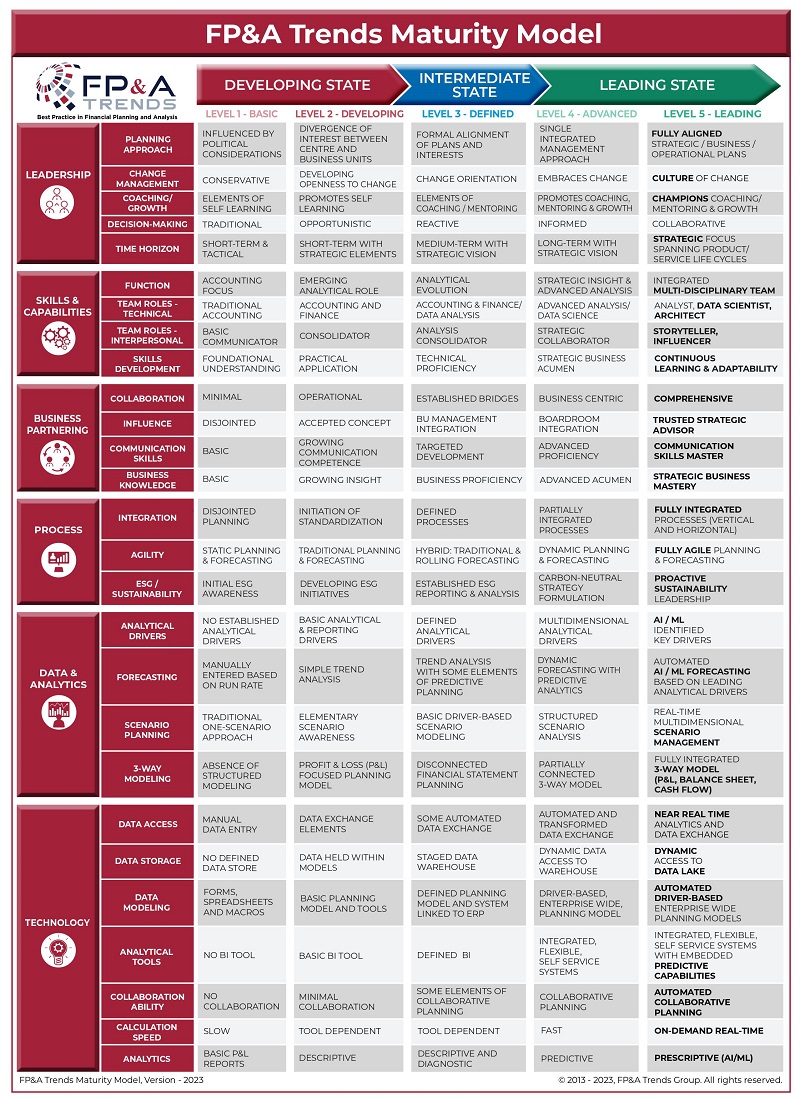
Figure 2: The FP&A Trends Maturity Model
Right after the introductions, the participants explored the main item on the agenda - the latest version of the FP&A Trends Maturity Model. Conceived by the London FP&A Board members in 2016, the FP&A Trends Maturity Model encompassed many additions from finance leaders in 32 chapters in 18 countries on 4 continents. This tool can empower your business to reach the next stage of FP&A maturity and evaluate where you are on the scale.
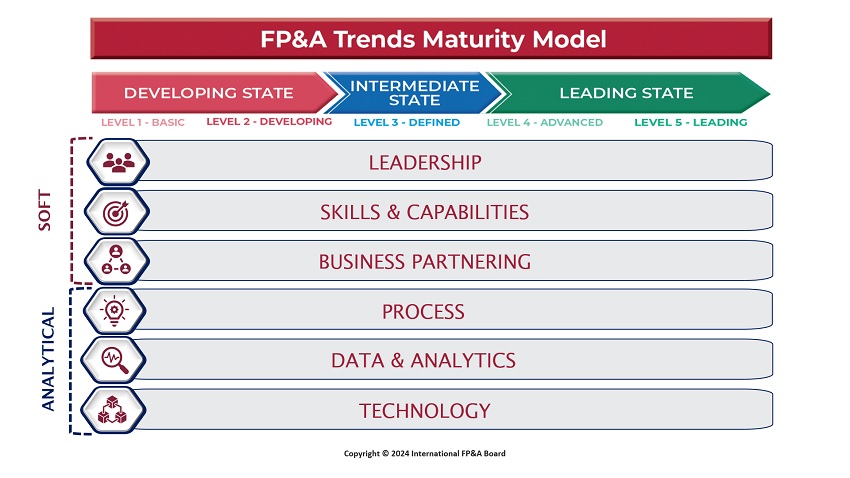
Figure 3: Dimensions of the FP&A Trends Maturity Model
Larysa Melnychuk, the discussion facilitator, highlighted that the FP&A Trends Maturity Model consists of 6 dimensions and 5 stages. According to the recent FP&A Trends Webinars, only 2% of organizations reached the leading state of FP&A maturity. It is a sign that a lot needs to be streamlined to ensure a smooth transition towards the best-in-class FP&A.
"Soft" Dimensions of the FP&A Trends Maturity Model
The San Francisco FP&A Board members also deep-dived into the soft dimensions of the FP&A Trends Maturity Model: leadership, skills and capabilities, and Business Partnering.
The discussion also touched upon the practical steps for enhancing organizational maturity across three dimensions. Analytical mindset transformation, cultural changes, and organizational alignment are crucial for improving the aspect of leadership.
The second aspect, skills and capabilities, is equally important as the other two. The San Francisco FP&A Board members discussed what they need to do to develop skills and build on this aspect, and the key practical steps are outlined in the picture below.
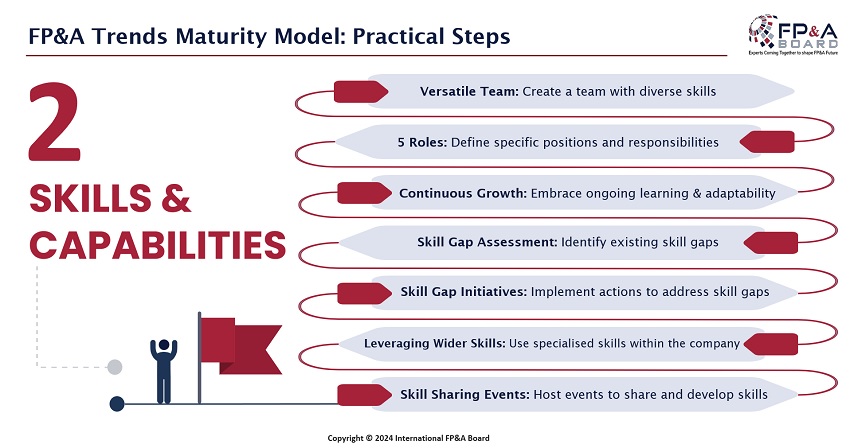
Figure 4
Comprehensive collaboration, strategic business mastery, and becoming a trusted advisor were mentioned as the key practical steps for enhancing Business Partnering.
Analytical Dimensions of FP&A Trends Maturity Model
On discussing soft dimensions, the attendees focused on analytical ones - processes, data and analytics, and technology.
Creating an integrated processes workflow and having a proactive strategy aided by an agile approach were deemed the most critical components of the "Processes" aspect.
The possible steps for elevating your FP&A maturity level via the "Data and Analytics" aspect are enumerated in the picture below.
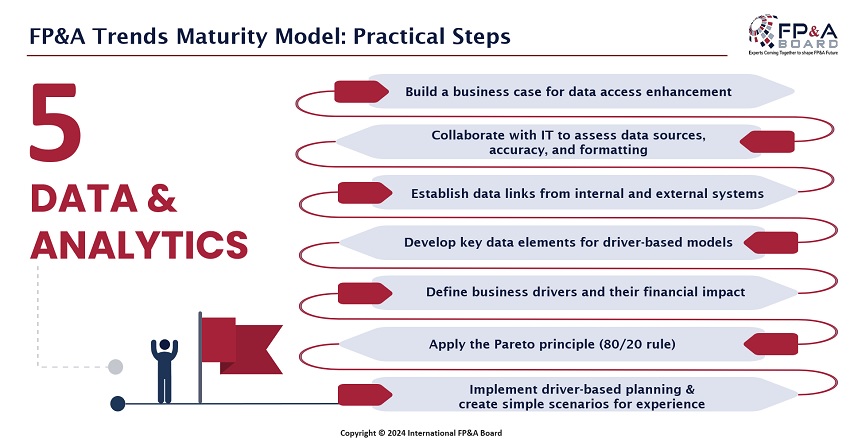
Figure 5
Finally, the San Francisco FP&A Board members discussed the practical steps for reaching the leading FP&A maturity stage in technology. Establishing cross-functional collaboration, finding the right technology platform, testing and stabilizing it, and developing a business case for technology adoption within FP&A can help elevate your game.
Insights from the Field
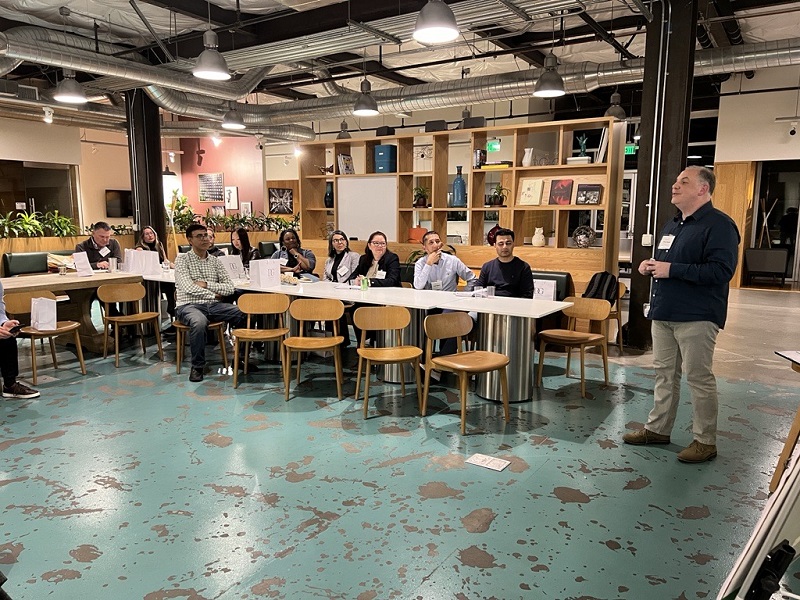
Figure 6: Glenn Snyder, speaker at the San Francisco FP&A Board №10, March 2024
Glenn Snyder, VP of FP&A at Vacasa, shared his insights with the audience after vivid discussions on the subject. He underscored that empathy strengthens partnerships and delivered a great presentation on the soft dimensions of the FP&A Trends Maturity Model.
Group Work and Networking
The participants were split into three groups closer to the end of the session. All groups had to discuss and suggest practical steps for reaching the leading state of FP&A maturity, covering different aspects: data and models, systems and processes, and people and culture.
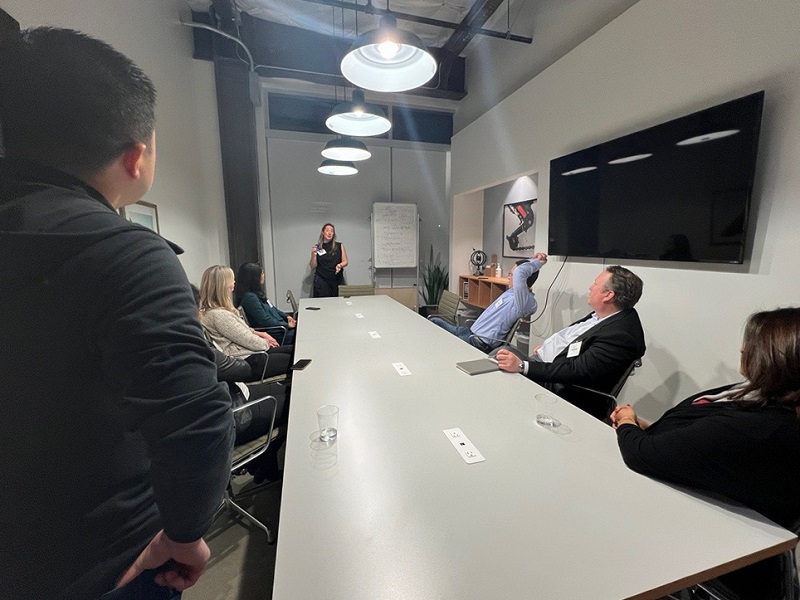
Figure 7: Group Work, San Francisco FP&A Board №10, March 2024
The first group shared the following insights with the San Francisco FP&A Board members:
- Data governance and understanding KPIs are crucial;
- A single source of truth should aid decision-making;
- We should have clear definitions/taxonomy of data/models and understand what we do not need.
The second group also presented the results of their brainstorming, underscoring the following:
- Visibility, integration, and relevance of the systems;
- Ensuring consistency;
- Establishing data governance.
The last group highlighted the importance of:
- finding the right talent with the right skills;
- being open-minded and flexible is key;
- moving from FP&A to xP&A.
The session rounded up with cheerful networking, where the participants could share their thoughts in a less formal setting and get acquainted with their peers from different industries.
We are grateful to Board International for sponsoring this meeting. Thank you, De Winter Group and IWG, for your tremendous support with the event organization.


